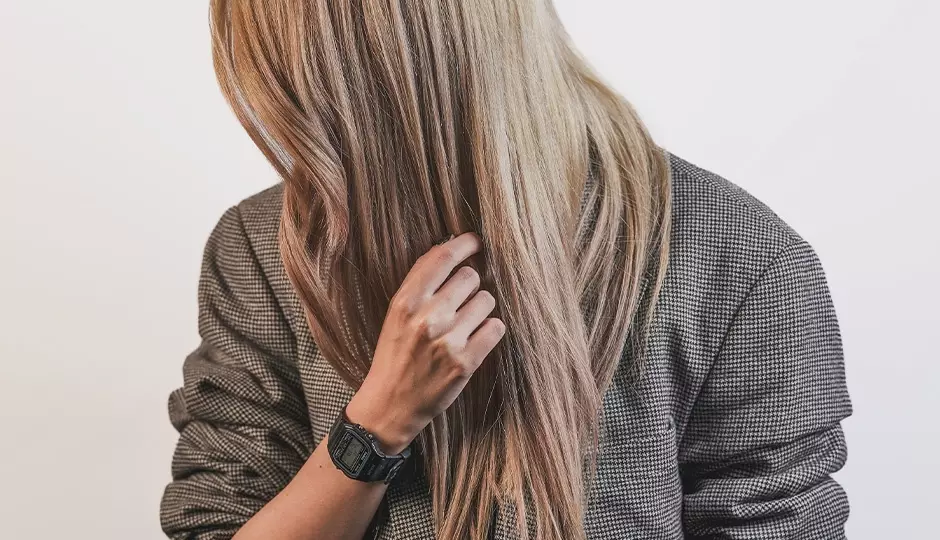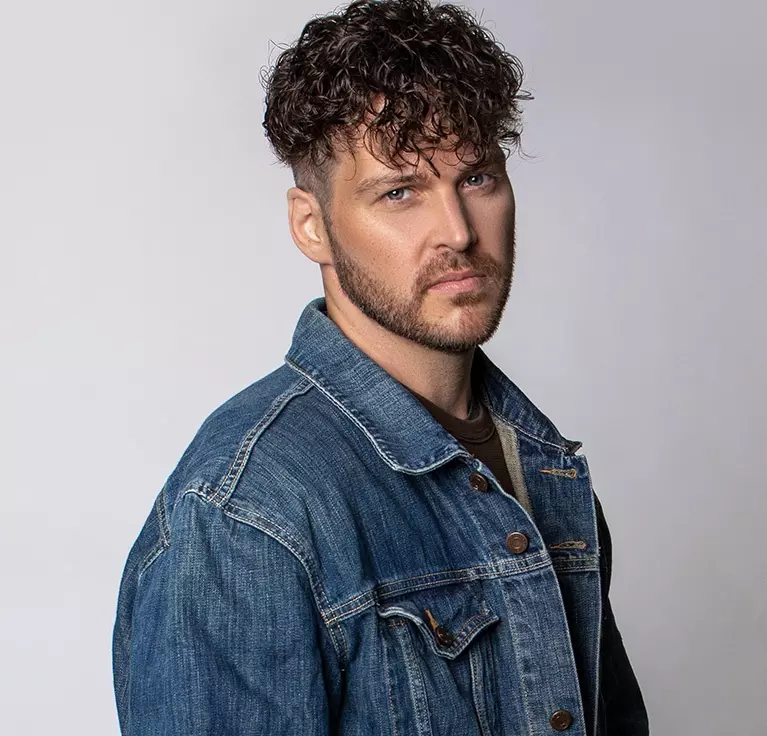In a moment of frustration, it’s not uncommon for someone to say that they feel like pulling their hair out. Most of us never actually do it, but did you know that there is a phenomenon of individuals who not only pull their hair but also twist and even bite it? It’s true, and it’s caused by a stress disorder called trichotillomania. It goes without saying that this condition can lead to significant and in some cases lasting hair loss.
You might be wondering: How widespread is this condition? Relatedly, what causes it—and what, if anything, can cure it? Allow us to provide some insight into this condition—its onset, its commonality, and its potential treatments.
Who is Impacted by Trichotillomania?
We’ll start with the bombshell: By some estimates, there are as many as 2.5 million Americans who struggle with trichotillomania. That’s no small number, and it suggests that, though this condition is not well-known, it’s more widespread than people might imagine.
The majority of people who struggle with trichotillomania are women, but there are some men who face it. Really, anyone could be impacted by trichotillomania, which is why we encourage everyone to have some awareness of what it is and how it can be treated.
More About the Condition
Again, trichotillomania is most commonly manifest in the form of compulsive hair pulling. Those who have the condition cannot keep themselves from pulling out the hair from their scalp. In some rarer cases, it might involve eyebrows or other hair—but usually, it’s hair from the scalp.
So why do some people get this disorder? Science is, sadly, not really clear on this question. Though no one cause has been identified, it is widely believed that it is related to stress. Hereditary and environmental factors may also play a role in it.
Trichotillomania doesn’t just leave you with patchy bald spots on your head, but it can also do immense scarring to the follicles—which makes it harder to regrow hair there. As such, the effects of trichotillomania can sometimes be permanent. This makes it all the more urgent for us to look at the potential treatments that are available.
Treating Trichotillomania
This brings us to some good news—for this condition can be effectively treated. The first thing we would recommend is that you get a proper diagnosis, and that you speak with your doctor about therapy. This is the most effective way to train your behavior to resist trichotillomania’s impulses.
We also invite you to join us at Mane Image to discuss what can be done to replace your lost hair. There are many options available, and in some cases laser hair therapy and topical hair loss solutions can restore the scalp to its proper healthiness. We can also help you find a hair system that’s natural and seamless, allowing you to look and feel like yourself again.
Learn more about diagnosis and treatment for trichotillomania by contacting us at Mane Image at your earliest convenience.











